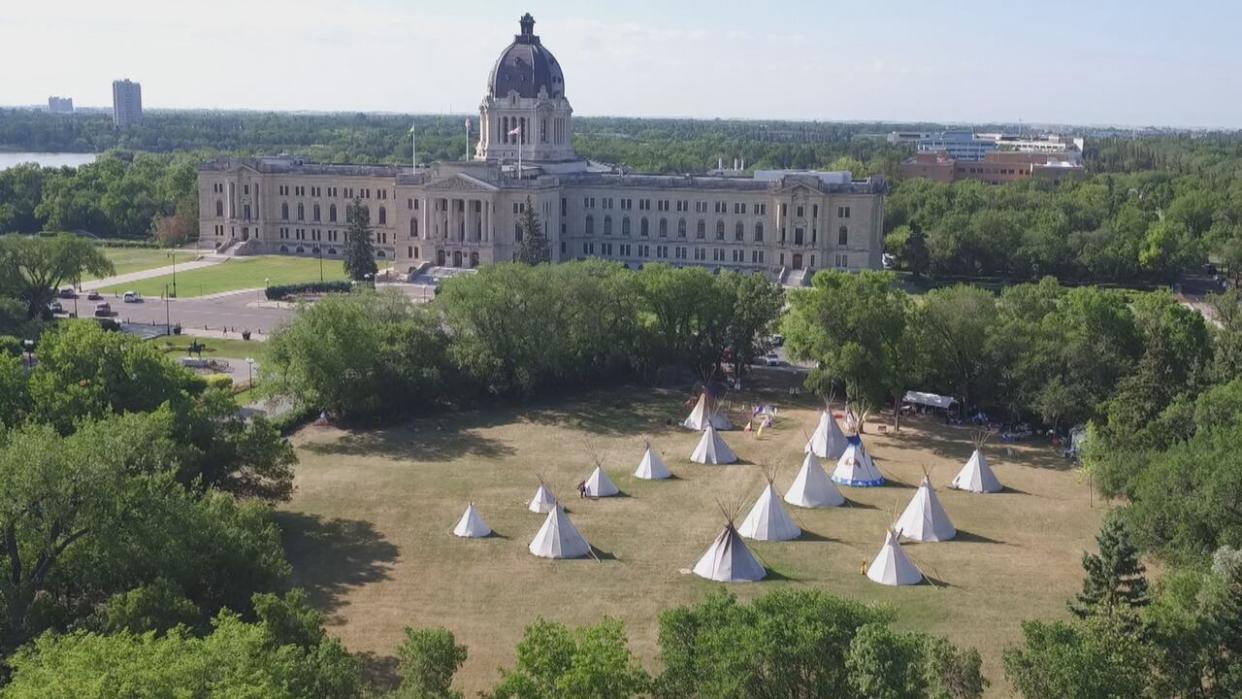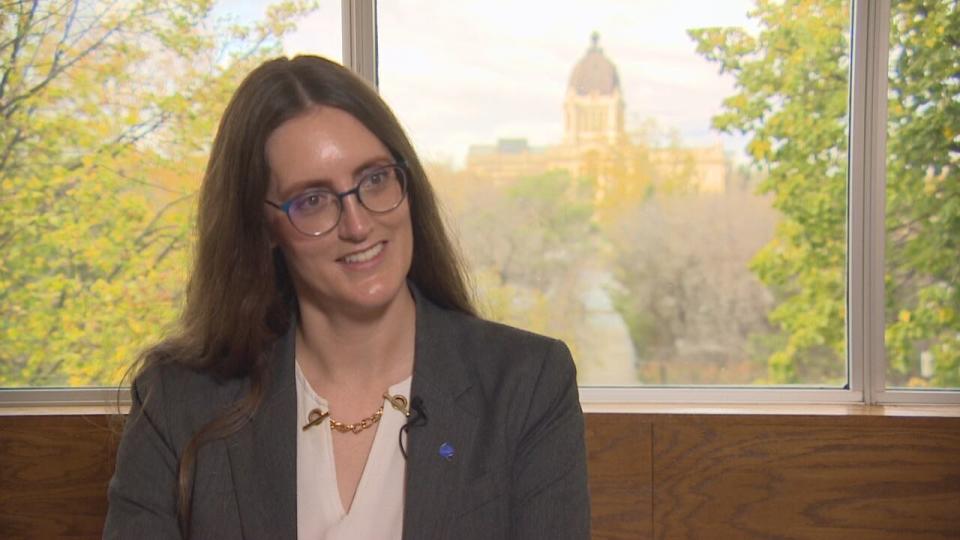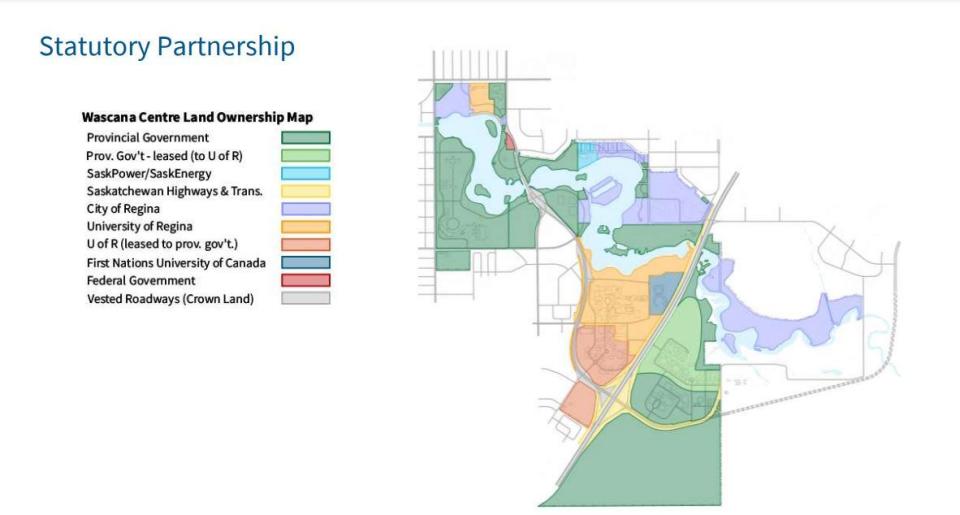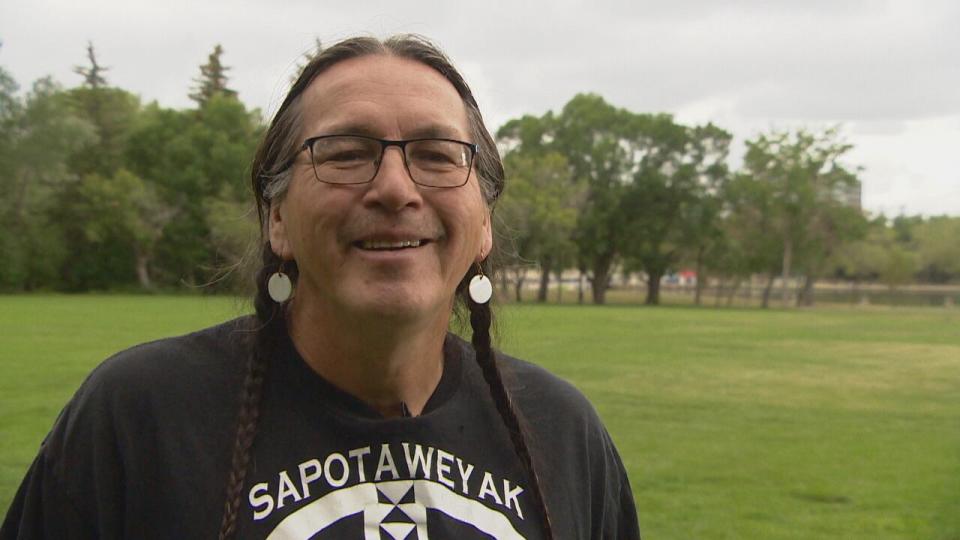Wascana Centre wants Indigenous perspective as it reviews, renews long-term master plan

With the Wascana Centre's master plan up for review and renewal this year, the commission responsible for the Regina green space wanted to get the public's input on what they would like to see there — including the perspective of local Indigenous people.
The role of the master plan is to help guide the ongoing growth, development and use of the site — which includes nearly 800 hectares of urban park space and a lake, and is also home to the Saskatchewan Legislature Grounds, the Conexus Arts Centre, the Royal Saskatchewan Museum, the Saskatchewan Science Centre and the Mackenzie Art Gallery, among other attractions, according to Wascana's website.
The original plan for the area that now includes Wascana Centre was completed in 1913, with the first master plan done in 1962. Updates have followed, all of which are intended to set long-term goals for Wascana, according to the website.
This year's review and renewal of the plan involves five stages, the province said in an online update earlier this year.
The Provincial Capital Commission — the provincial body that is responsible for the management and operation of the Wascana Centre — says the first two of those five steps were completed earlier this year, involving consulting with the community through public meetings, Zoom interviews and online surveys.
The commission says it wanted to ensure appropriate engagement with Indigenous people on the plan, and to get their input on what they would like to see happen at Wascana.

Jenna Schroeder is the executive director of the Provincial Capital Commission, which is responsible for the management and operation of the Wascana Centre. (Clara Fortin/CBC)
"One of the big themes of what we're hearing is embedding reconciliation, embedding opportunities for Indigenous culture, heritage, expression, arts," said Jenna Schroeder, the executive director of the Provincial Capital Commission.
Schroeder says the commission is now in the third stage of the review and renewal process, involving taking public feedback from the first stages and doing an initial draft of the revised master plan.
A report released in April provided an overview of what participants in the first stage of feedback said, including suggestions regarding how reconciliation or cross-cultural considerations from Indigenous communities can be included in the master plan.
According to that report, some suggestions the commission received during interviews and surveys included:
Space for a sweat lodge and/or teepee placement.
Recognizing and sharing history on residential schools.
Space for ceremonial and cultural use.
Incorporating land-based learning (such as medicinal plants research and water teachings).
Incorporating Indigenous and Métis languages into the naming, wayfinding, and interpretive elements and signage throughout the park.
Schroeder said one of the proposals the commission has right now is using space at the meadow, behind the T.C. Douglas Building in the Wascana Park, for some of those ideas.
But "no decisions at this point have been made of physical locations of what, where could this be," she said.

The Wascana Centre land includes hundreds of hectares of greenspace and water that is used by the public. (Wascana Centre)
Knowledge keeper Gary Gott, who lives in Regina but is from Sapotaweyak Cree Nation in Manitoba, says it's important to have local Indigenous inclusion in the plans for the area.
Gott said he's been glad to see teepees set up in the front of the legislative building — which is in Wascana — during some events and peaceful protests.
"I think it's very important to have local representation in our art in public spaces," he said.
"The teepee is a very, very powerful symbol … and along with the teepee, we can have all these other things that proceed after that — our cultural arts, our cultural practices, our spiritual practices, and everything else that surrounds that teepee."

Knowledge keeper Gary Gott says it's important to have local Indigenous inclusion in the plans for the area. (Adam Bent/CBC)
Gott works with youth in schools in the city, where he teaches skills in land-based learning, such as searching for medicinal plants, canoeing and hide-tanning. He says Indigenous youth need to see more of themselves in the community.
"It kind of makes them proud to see us in our public spaces, because when you see a teepee, automatically you know who it represents."
The Wascana Centre website says a report on the fourth stage of the review and renewal process — a final draft of the master plan — is expected to be complete by the end of this year, followed by approval of the plan.


